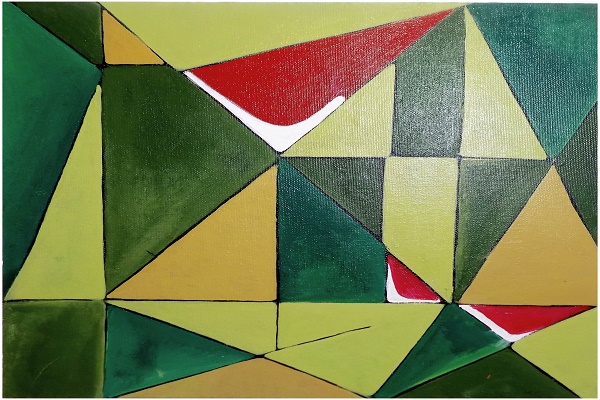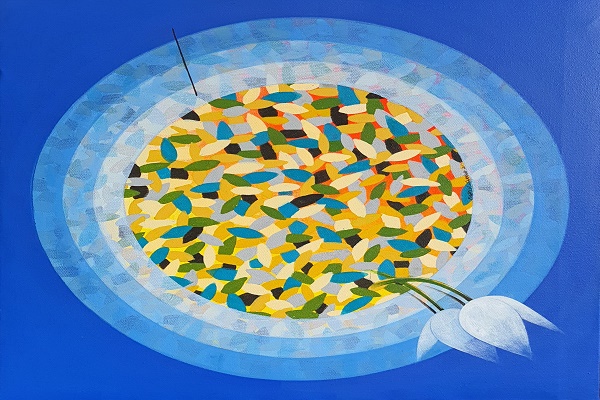
Landscape art has been a salient genre of artistic expression throughout history, captivating artists of diverse backgrounds and cultural affiliations. From the earliest cave paintings to contemporary digital artworks, landscapes have continued to serve as a source of inspiration for creative practitioners worldwide. The splendour and diversity of the natural world have fostered an enduring fascination among artists, who have endeavoured to capture its essence through varied media.
Landscape art not only furnishes aesthetic pleasure but also functions as a means of articulating cultural values, social issues, and personal perspectives. Its historical significance and cultural relevance is unequivocal, as it has played a pivotal role in documenting and preserving the changing natural environment. This is especially germane in the current epoch, where environmental degradation and climate change represent pressing concerns.
This article shall endeavour to expound upon the importance of landscape art, scrutinising its historical evolution, cultural pertinence, and contemporary relevance. The diverse manifestations of landscape art shall be surveyed, including painting, photography, and sculpture, with particular attention paid to the techniques and styles of eminent artists. Finally, we shall consider the future of landscape art and its capacity to address salient contemporary issues such as environmental awareness and sustainability.
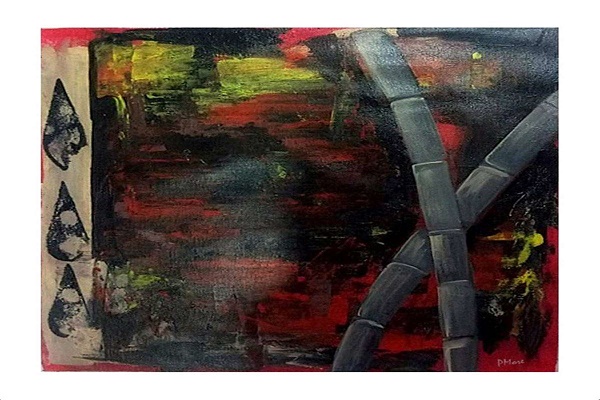
Abstract Oil Painting Techniques
Abstract oil painting techniques provide a vast range of possibilities for creating dynamic and expressive landscape art. These techniques are characterised by the use of bold brushstrokes, vibrant colours, and a sense of spontaneity and experimentation. To produce an abstract oil painting, one requires oil paint, canvas or paper, brushes, and a palette knife.
Begin the creation of a landscape using abstract oil painting techniques by sketching out the basic shapes and composition of the scene. Then, employ a variety of brushstrokes and layering techniques to build up the colours and textures of the painting. Thicker layers of paint are utilised to create areas of depth and dimensionality, while thinner layers contribute to a sense of movement and flow.
When selecting a colour palette, complementary colours should be considered to produce contrast and vibrancy. Colour theory can also be employed to generate a particular mood or atmosphere. The potential benefits of using abstract oil painting techniques include the ability to develop a unique and personalised style, as well as the opportunity to experiment with different techniques and textures. Nonetheless, the drying time required and the difficulty of achieving precise details may pose disadvantages. Overall, abstract oil painting techniques offer a versatile and exciting approach to landscape art that can result in stunning and expressive works of art.
Interesting Blog: Abstract Paintings of Famous Hindu Gods
Oil Pastel Colour Paintings
Oil pastel colour painting techniques offer a distinct and versatile approach to creating landscape art that is characterised by vibrant and bold colours. These techniques can produce a range of effects, from delicate and subtle to bold and intense. To create an oil pastel painting, one requires oil pastels, paper or canvas, a blending tool, and fixative spray to set the finished artwork.
To create a landscape using oil pastel colour painting techniques, begin by sketching the basic shapes and composition of the scene. Utilise techniques such as cross-hatching, blending, and smudging to layer colours and textures, which create depth and dimensionality. Movement and flow are achieved through the use of lines and shapes.
When selecting a colour palette, the use of complementary colours can produce vibrancy and contrast. Colour theory can be employed to set a specific mood or atmosphere. The advantages of oil pastel colour painting techniques include their ease of use, ability to blend colours, and quick drying time. Nevertheless, achieving precise details can be challenging due to the difficulty of controlling the medium.
In conclusion, oil pastel colour painting techniques offer an exciting and distinct approach to landscape art that can result in expressive and stunning works. Through experimentation with colour palettes and techniques, artists can develop a personalised style and convey the essence of nature's beauty.
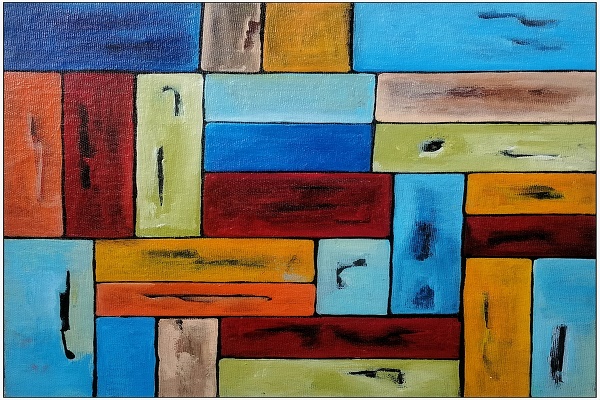
Comparison Of Techniques
Oil painting and oil pastel colour painting are two popular techniques used in landscape art. While both techniques use oil-based paints and tools such as brushes, canvases, and painting knives, they differ in terms of their approach to paint application. Abstract oil painting involves the application of thick layers of paint in a gestural and expressive manner, often using broad brushstrokes. Conversely, oil pastel colour painting is more precise and controlled, with pigment applied in a detailed manner using pastels.
One key advantage of abstract oil painting is that it allows for greater freedom and experimentation with colour, texture, and composition. However, achieving a realistic representation of a landscape can be challenging using this technique. Conversely, oil pastel colour painting is ideal for creating highly detailed and realistic landscape scenes, but may lack the emotional expressiveness of abstract oil painting.
When selecting a technique for a specific landscape subject, it is crucial to consider the mood and atmosphere one wishes to convey through the painting. If a highly detailed and realistic representation is desired, then oil pastel colour painting may be the best choice. However, if one seeks to create a more emotional or abstract depiction of the landscape, then abstract oil painting may be the preferred technique. Additionally, personal style and preferences should be taken into account when selecting a technique.
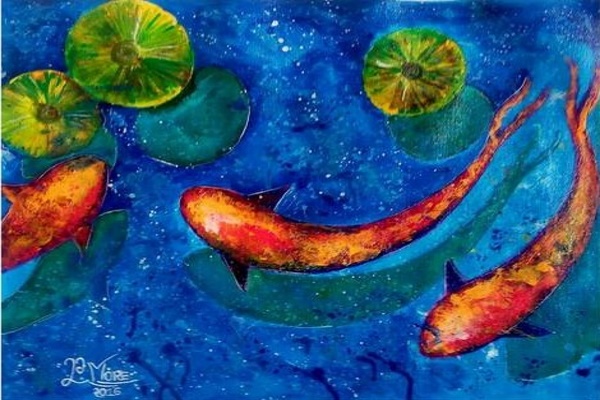
Read More: What is Abstract Art: An Interpretation and Visual Bliss
Conclusion
To summarise, landscape art remains a captivating genre that has the power to evoke emotions and transport viewers to different places. The use of abstract techniques in oil painting and oil pastel colour painting presents artists with unique methods of exploring and representing landscapes, each with its own set of advantages and disadvantages.
Abstract oil painting techniques, for example, allow artists to layer colours and textures, achieve depth and dimensionality, and create movement and flow. Conversely, oil pastel colour painting techniques offer intense and vibrant colours and are easier to control. When selecting a technique for a particular landscape, the subject and desired effect must be carefully considered.
In addition, experimentation is fundamental to finding one's artistic style in landscape art. Artists should try both techniques and explore the possibilities of abstract landscape art further. The joy of creating art comes from discovering new methods and techniques that align with an artist's vision, bringing their ideas to life.
In conclusion, the beauty of landscape art lies not only in the subject matter but also in an artist's interpretation and representation. Through patience, practice, and an open mind, artists can create stunning and unique abstract landscape art pieces that inspire and delight viewers.





















